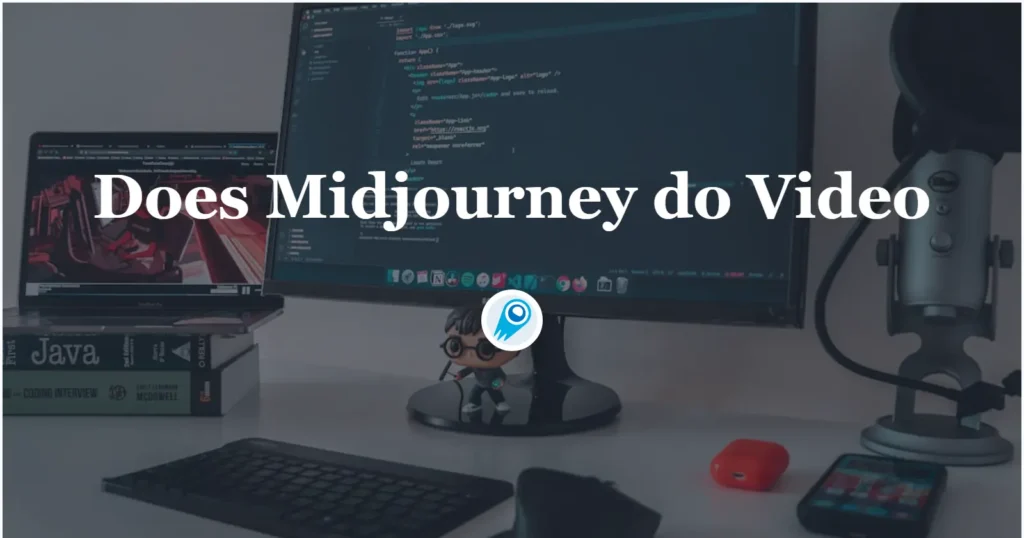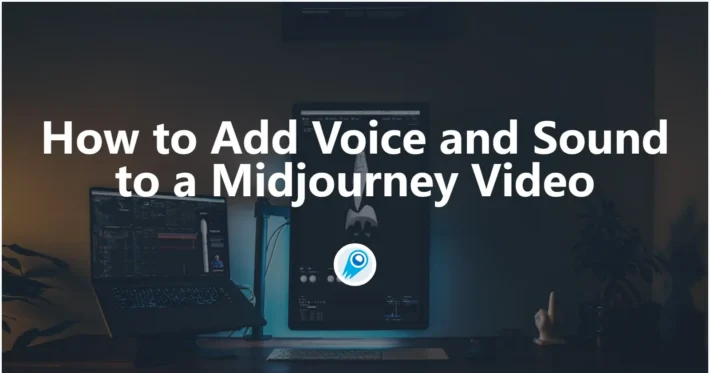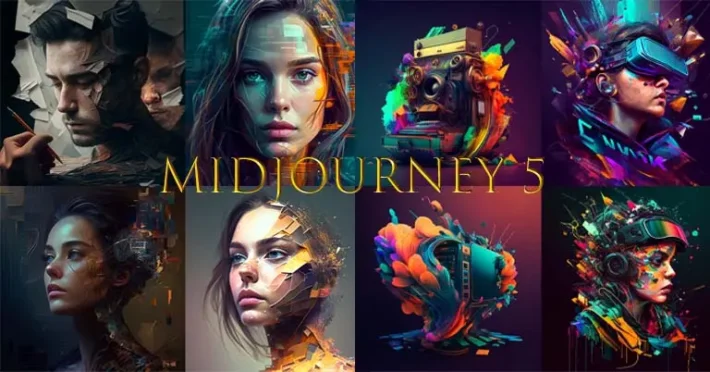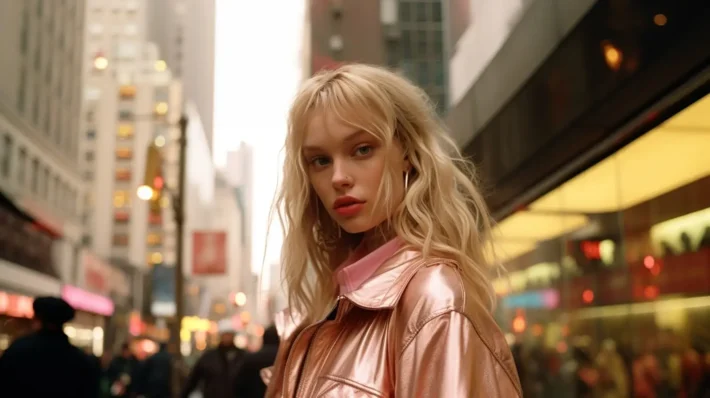Does Midjourney do Video

Midjourney, long celebrated for its state‑of‑the‑art image synthesis, has recently taken a bold step into the realm of video generation. By introducing an AI‑driven video tool, Midjourney aims to extend its creative canvas beyond static images, enabling users to produce animated clips directly within its platform. This article examines the genesis, mechanics, strengths, limitations, and future prospects of Midjourney’s video capabilities, drawing on the latest news and expert commentary.
What is Midjourney’s V1 video model?
Midjourney’s V1 video model represents the company’s first foray into AI‑driven video generation, extending its core competency of converting text prompts into images to dynamic motion. Launched on June 18, 2025, V1 enables users to generate short clips—up to 20 seconds—from a single image, either user‑uploaded or AI‑created through Midjourney’s established image models.
Key features
- Image‑to‑video conversion: Transforms still images into four distinct 5‑second video clips, which can then be stitched for longer durations.
- Subscription pricing: Available at USD 10 per month, positioning it as an accessible option for hobbyists and professionals alike .
- Accessible via Discord: Like its image models, V1 is integrated into Midjourney’s Discord bot interface, allowing seamless adoption for existing users.
Underlying technology
Midjourney’s V1 leverages a diffusion‑based architecture, adapted from its image generation backbone, to infer motion trajectories and interpolate frames. Although precise model details are proprietary, CEO David Holz has hinted at leveraging time‑aware conditioning layers and spatiotemporal attention mechanisms to maintain visual coherence across frames.
How does Midjourney generate video from static images?
The core innovation behind Midjourney’s video lies in converting spatial snapshots into temporal sequences through advanced AI pipelines. Unlike end‑to‑end text‑to‑video systems, V1 focuses on animating existing visuals, ensuring greater control and quality.
Technical specifications
- Model version: V1 Video, released June 18, 2025, supports clips up to 21 seconds with 5‑second increments .
- Resolution: Maximum native output is 480p (832×464), with plans to introduce 720p and potentially HD upscaling in future releases .
- Formats: Exports include compressed MP4 for social sharing, RAW MP4 H.264 for higher quality, and animated GIFs. Videos are stored in the cloud and accessible via persistent URLs.
Frame interpolation and motion vectors
Midjourney analyzes the input image to identify semantic regions—such as characters, objects, and backgrounds—and predicts motion vectors that define how each region should move over time. By interpolating these vectors across multiple frames, the model generates smooth transitions that simulate natural motion .
Style consistency and fidelity
To preserve the original art style, V1 employs style‑reference encodings (SREF), a technique that locks the color palette, brush strokes, and lighting conditions of the input image throughout the video. This ensures that the generated animation feels like an extension of the still artwork rather than a separate artifact.
How does Midjourney’s video model compare to competitors?
The AI video generation landscape is crowded, with offerings like OpenAI’s Sora, Adobe Firefly, Google Veo, and Runway Gen 4. Each solution targets different user segments and use cases, from commercial filmmakers to social media creators.
Feature comparison
| Capability | Midjourney V1 | OpenAI Sora | Runway Gen 4 | Adobe Firefly Video | Google Veo 3 |
|---|---|---|---|---|---|
| Input modality | Static image | Text prompt | Text or video | Text prompt | Text or video |
| Output duration | Up to 20 seconds | Up to 30 seconds | Up to 20 seconds | Up to 15 seconds | Up to 10 seconds |
| Style control | High (SREF) | Medium | Medium | High | Low |
| Accessibility | Discord subscription | API, web UI | Web UI | Adobe Creative Cloud plugin | TensorFlow API |
| Pricing | USD 10/month | Usage‑based | Subscription | Usage‑based | Usage‑based |
Midjourney distinguishes itself through its image‑first approach, deep style control, and community‑driven development, whereas competitors often emphasize direct text‑to‑video generation or enterprise integration.
Use‑case alignment
- Creative storytelling: Midjourney’s model excels at stylized, dream‑like animations for artists and designers.
- Commercial production: Platforms like Adobe Firefly and Runway cater more to filmmakers seeking precise scene control and integration into existing editing pipelines.
- Experimental AI research: Google Veo and OpenAI Sora push the boundaries of length and resolution but remain largely in research or limited beta phases.
What limitations does Midjourney’s V1 face?
Despite impressive demos, V1 is not without its constraints. Early adopters and reviews highlight several areas needing improvement before it can be considered a production‑ready tool.
Duration and resolution constraints
Currently capped at 20 seconds and limited to moderate resolution, V1 cannot yet generate feature‑length sequences or high‑definition clips suitable for broadcasting. Users seeking longer formats must stitch multiple clips manually, which can introduce jarring transitions .
Motion artifacts and coherence
Reviewers note occasional artifacts such as unnatural object deformation, jittery motion, or inconsistent lighting across frames. These issues stem from the inherent challenge of extending static images into a temporal domain without dedicated video training data .
Computational cost
Video generation demands significantly more GPU resources than still images. Midjourney’s subscription model abstracts away computational complexity, but behind the scenes, the cost per video generation is reportedly eight times that of a typical image render . This may limit real‑time interactivity and scalability for heavy users.
Workflow and integration
Users interact with the video feature through simple prompt modifiers—adding –video or selecting “Animate” in the web editor. The system generates four variations per request, similar to image grids, allowing iterative selection and refinement. Integration with Discord ensures that video commands fit naturally within existing chat‑based workflows, while the web UI offers drag‑and‑drop functionality and parameter sliders for motion intensity and camera movement.
What steps can prospective users take today?
For those eager to experiment with AI video, Midjourney’s offering is immediately accessible, but best practices can optimize results.
Prompt engineering tips
- Specify motion direction: Include descriptors like “camera pans left” or “characters sway gently” to guide the model’s motion vectors.
- Reference art styles: Use style tags (e.g., “in the style of Studio Ghibli”) to lock the visual aesthetic across frames.
- Iterate with seeds: Record seed numbers from successful renders to reproduce and refine outputs consistently .
Post‑processing workflow
Because V1 outputs are short clips, users often splice multiple renders in video editing software, apply color grading, and stabilize shaky frames. Combining Midjourney’s outputs with After Effects or Premiere Pro unlocks cinematic polish.
Ethical and legal diligence
Prior to commercial use, ensure any source images and prompt references comply with licensing terms. Monitor updates from Midjourney regarding watermark embedding and content filtering to stay aligned with emerging best practices.
What roadmap does Midjourney envision beyond V1?
The V1 launch is only the first step in Midjourney’s broader vision, which includes real‑time simulations, 3D renderings, and enhanced interactivity.
Real‑time open‑world simulations
David Holz describes AI video generation as a gateway to “real‑time open‑world simulations,” where users can navigate AI‑generated environments dynamically. Achieving this will require breakthroughs in latency reduction, streaming optimization, and scalable compute infrastructure.
3D rendering capabilities
Post‑video, Midjourney plans to extend its models to produce 3D assets directly from text or images. This would empower game developers, architects, and virtual reality creators with rapid prototyping tools .
Enhanced control and customization
Future iterations (V2, V3, etc.) are expected to offer finer control over camera movement, lighting, and object behavior. Integration with animation software (e.g., Adobe Premiere Pro) through plugins or APIs could streamline professional workflows.
How are creators reacting to Midjourney’s video features?
The early reception among artists, designers, and content creators is a mix of excitement and caution.
Enthusiasm for creative exploration
Many users applaud the ability to breathe life into static art. Social media is awash with experimental clips—surreal landscapes swaying in the wind, illustrated characters blinking and speaking, and still‑life paintings coming to life .
Concerns over quality and control
Professional animators point out that V1’s outputs, while promising, lack the precision and consistency required for polished productions. The limited parameter control—compared to dedicated animation software—means manual post‑editing remains necessary .
Community‑driven improvements
Midjourney’s Discord community has become a hotbed of feedback, feature requests, and prompt‑tweaking tips. The company’s iterative release cadence—announced during July 23 Office Hours—suggests rapid incorporation of user‑driven enhancements .
Use MidJourney in CometAPI
CometAPI provides access to over 500 AI models, including open-source and specialized multimodal models for chat, images, code, and more. Its primary strength lies in simplifying the traditionally complex process of AI integration.
CometAPI offer a price far lower than the official price to help you integrate Midjourney API and Midjourney Video API, and you can try it for free in your account after registering and logging in! Welcome to register and experience CometAPI.CometAPI pays as you go.To begin, explore models’s capabilities in the Playground and consult the API guide for detailed instructions. Before accessing, please make sure you have logged in to CometAPI and obtained the API key.
Midjourney V1 Video generration: Developers can integrate video generation via RESTful API. A typical request structure (illustrative)
curl --
location
--request POST 'https://api.cometapi.com/mj/submit/video' \
--header 'Authorization: Bearer {{api-key}}' \
--header 'Content-Type: application/json' \
--data-raw '{ "prompt": "https://cdn.midjourney.com/f9e3db60-f76c-48ca-a4e1-ce6545d9355d/0_0.png add a dog", "videoType": "vid_1.1_i2v_480", "mode": "fast", "animateMode": "manual" }'Midjourney’s foray into video generation represents a logical extension of its generative AI capabilities—marrying its distinctive visual style with motion and time. While current limitations in resolution, motion fidelity, and legal challenges temper its immediate applicability, the rapidly evolving feature set and community engagement signal a transformative potential. Whether for quick social clips, marketing assets, or previsualization sketches, Midjourney video is poised to become an indispensable tool in the AI creative toolkit—provided it navigates the technical and ethical horizons ahead.



